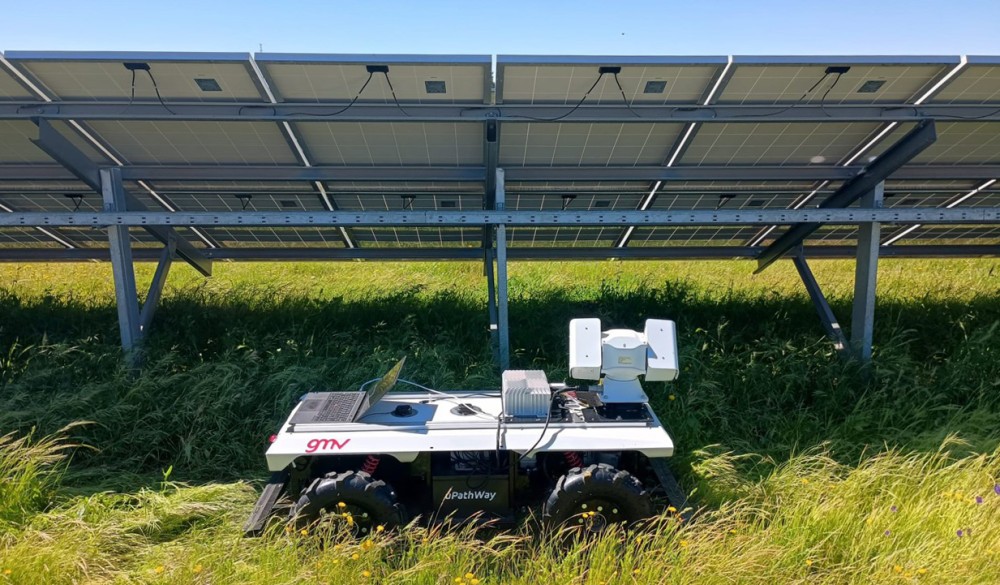How technology is transforming energy resilience
Digitization of electricity grids is not just an option, but a strategic priority for Europe. Faced with increasing demand, massive integration of renewable energies and growing physical and cyber risks, the European Commission forecasts that there must be an investment of 584 billion euros by 2030 to modernize the electricity system. In this scenario, technologies such as autonomous robotics, artificial intelligence, and, on the horizon, quantum computing, are establishing themselves as essential pillars for building a more robust, flexible energy system aligned with climate objectives. Real cases already in operation demonstrate how these tools make it possible to anticipate failures, optimize resources, reduce risks, and make the power supply of the future more resilient.
Automation and robotics: beyond efficiency
In a sector where most operations are carried out in critical environments—substations, refineries, or solar plants—autonomous mobile robotics is emerging as a vital tool for minimizing risks and increasing operational efficiency.
GMV is driving forward with the development of solutions in this field with solutions such as uPathWay, an advanced platform designed to manage and integrate different types of mobile robots—from different manufacturers—in uniform operating environments. This solution makes it possible, for example, to automate operation and maintenance (O&M) activities, facilitating more agile, precise and safe interventions, while reducing the exposure of human personnel to complex or potentially hazardous environments. In addition, it incorporates an artificial intelligence agent that enables the robots to automatically detect anomalous situations during their movements, such as the presence of unidentified objects on the ground or even unexpected gas leaks. This automation capability not only improves operational efficiency but also helps address the growing shortage of skilled technical personnel, especially in remote or hard-to-reach areas, by offering a scalable solution aligned with the pace of business expansion.
In distributed generation plants or large grids, this capability is strategic to address one of today's major challenges: maintaining operational safety without increasing operation and maintenance costs.
Artificial intelligence: anticipating failure, reducing footprints
Artificial intelligence is also adding value in less visible but equally critical areas. One example is the detection of anomalies in industrial processes and R&D laboratories, where advanced models can identify quality deviations in products such as oils and biofuels, anticipate problems in early stages of development, and improve testing efficiency.
Tools such as GMV PitIA are also being applied to analyze operational data, enabling usage patterns to be detected, energy demand peaks to be anticipated, and production to be adjusted in real time. This type of capacity not only optimizes available resources but also contributes directly to reducing the carbon footprint and moving towards more sustainable energy models.
The quantum horizon: solving the unsolvable
Looking to the future, the energy sector is beginning to explore emerging technologies such as quantum computing, which is especially promising for solving problems with a very high level of mathematical complexity that today require immense computational resources. For example, power grid simulations with thousands of possible scenarios or the simultaneous optimization of multiple variables in real time—weather factors, consumption, renewable production—could be radically transformed by these capabilities.
Quantum computing represents a research path that GMV is working on to tackle planning for more dynamic and resilient energy systems where predictability and efficiency are compatible with operational flexibility.
Transforming the power grid into smart infrastructure is more than a technological evolution: it is a critical need to guarantee the energy of the future and not be left in the dark.
Author: Eric Polvorosa
